Want Your Brand in AI Answers? Start with These 5 Mention Strategies

Search is changing fast. Google results are now crowded with ads, featured snippets, and AI-generated summaries. At the same time, platforms like ChatGPT, Perplexity, and Gemini are becoming go-to sources for product discovery and recommendations.
Instead of clicking through search results, users are getting full answers directly from AI. And that’s a big deal for SEO—because AI doesn’t think like traditional Google algos.
ChatGPT tends to mention the brands people are searching for most. A study by Kevin Indig found a strong link between brand search volume and visibility in AI answers.

And what drives search volume? Mentions. When people talk about your brand online—even without links—they make it more discoverable, more searchable, and more likely to get picked up by AI.
While platforms like Perplexity and Google Gemini showed weaker correlations in Kevin’s study (0.2–0.25), the pattern was clear: the more a brand is talked about online, the more AI tools tend to surface it.
If you want visibility in the age of AI, backlinks aren’t enough—you need to be mentioned.
Why brand mentions may beat backlinks in LLM visibility
Backlinks have long been a core part of SEO. But when it comes to AI-generated answers, links don’t carry the same weight.
LLMs (Large Language Models) like ChatGPT and Perplexity don’t crawl the web like Google. They learn from raw text, not from who’s linking to who. That means your brand can still make it into AI answers—even if it’s never been linked—as long as it’s being mentioned in context.
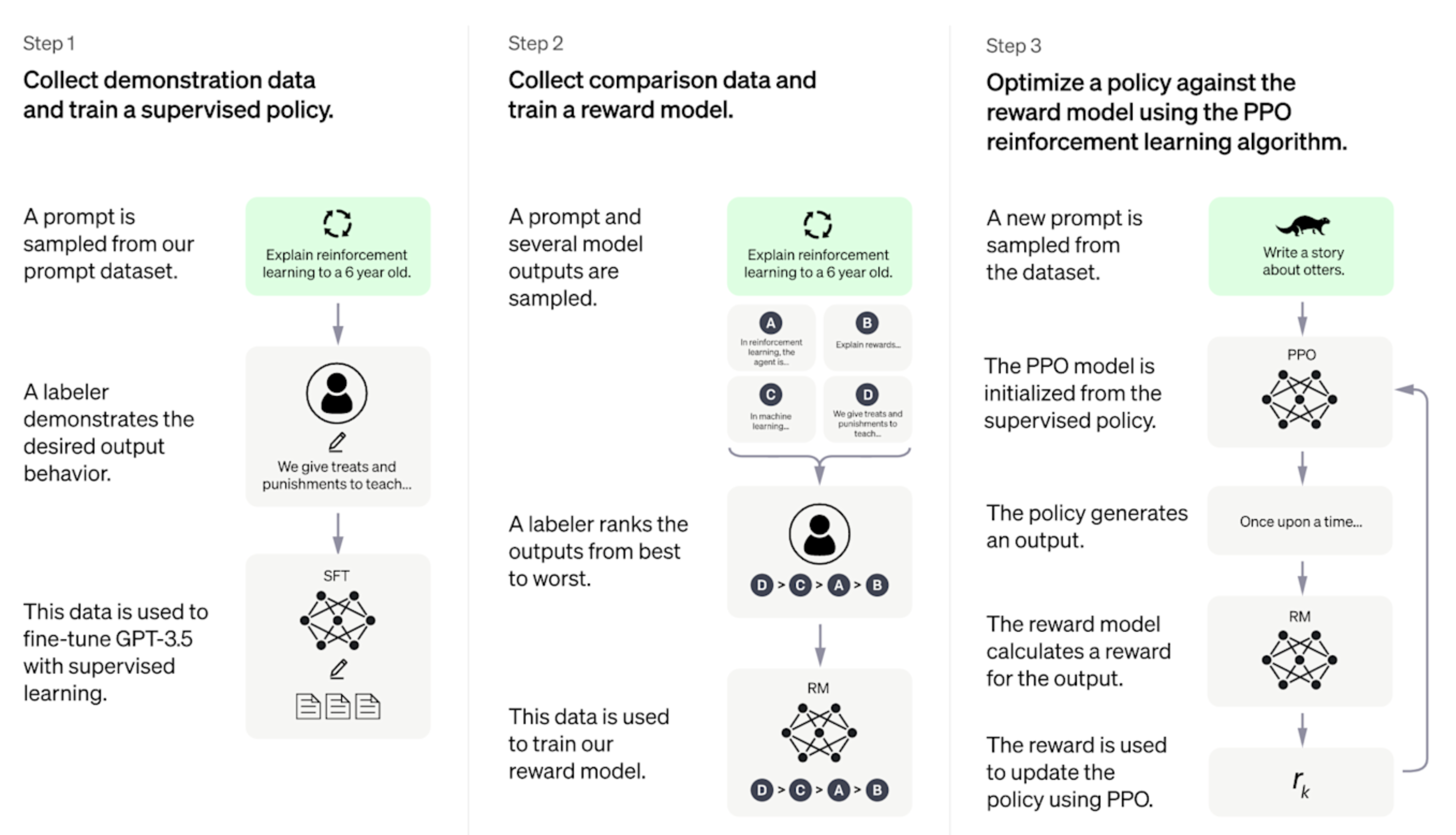
Mentions on social media, forums, blogs, news articles, and even Reddit posts all contribute to the model’s understanding of your brand. The more you're talked about—especially in relevant contexts—the more likely the AI is to “remember” and recommend you.
How to monitor your brand mentions
If online mentions are the new visibility signal for AI, the next step is simple: you need to track them.
That’s exactly what Awario helps you do.
Awario is a real-time social listening tool that scans blogs, forums, news sites, and social media to find every mention of your brand—even if there’s no backlink. Whether someone’s writing a review on a niche blog or dropping your name in a Reddit thread, Awario picks it up.
And it doesn’t just count mentions. You also get:
- Sentiment analysis – see if people are talking about you in a positive, neutral, or negative tone
- Competitive monitoring – track how often your competitors are mentioned, and where
- Engagement opportunities – jump into relevant conversations while they’re still fresh
This kind of insight isn’t just useful—it’s necessary. If your brand is being talked about in places AI models learn from, you want to know about it.
How to start tracking mentions in Awario
Getting started takes just a couple of minutes:
- Create a project: add your brand name, product name, domain, or even misspellings.
- Set up alerts: choose where you want to track mentions (blogs, forums, social, web)
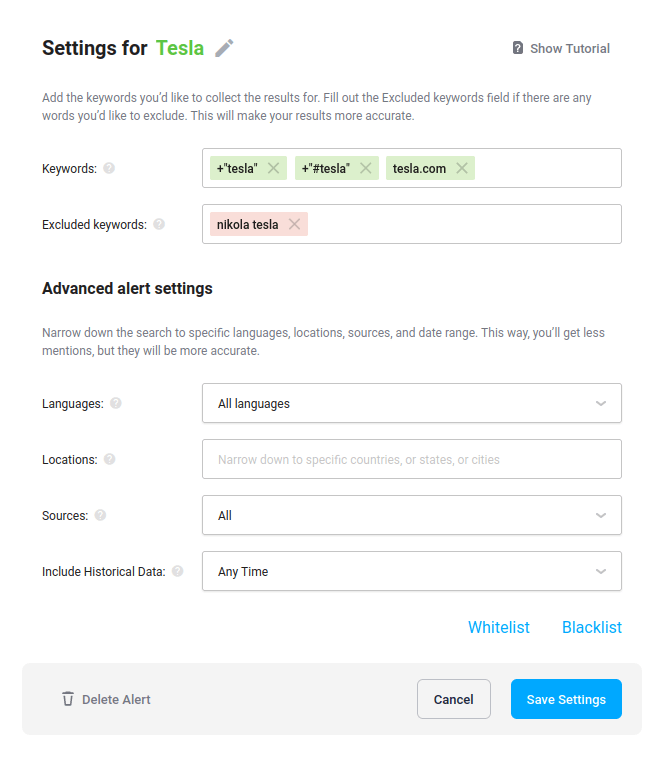
- Refine your filters: exclude noise with negative keywords or country/language filters.
- Monitor and act: your dashboard will show real-time results, trends, sentiment, and influencer insights. You can even reply directly to mentions from the platform.
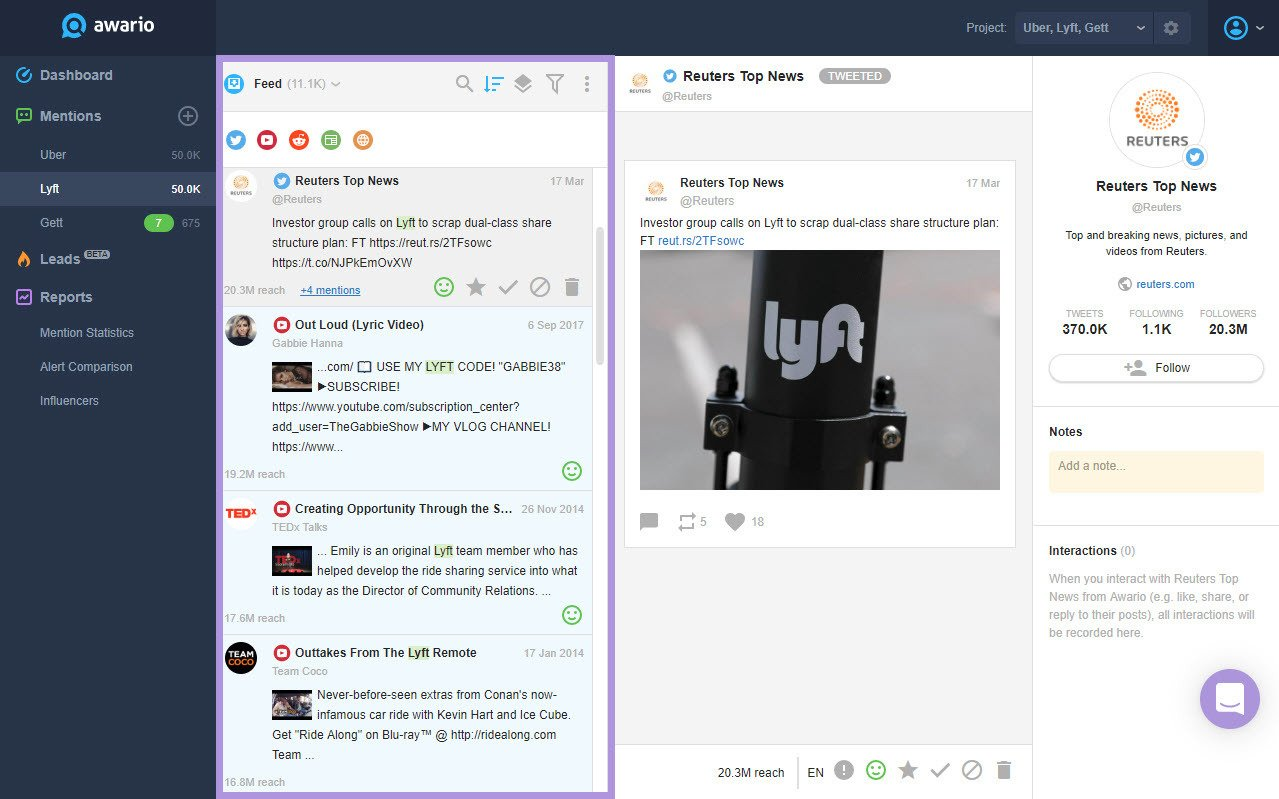
Once it's set up, you’ll start seeing the full picture of your brand’s visibility—across the open web and social media.
Tracking mentions helps you understand your current footprint. But more importantly, it shows you where to focus next to become a brand AI can’t ignore.
How to grow your brand mentions without a big budget
Growing brand mentions doesn’t have to mean hiring a PR firm or launching an expensive campaign.
In fact, many of the brands that show up in AI answers the most have done it by being active, helpful, and visible where it counts. You don’t need viral reach—you just need to be mention-worthy, consistently.
Here are some cost-effective, proven ways to grow your mentions organically:
1. Be active in online communities that LLMs read
AI models like ChatGPT and Perplexity are trained on public data from forums, Q&A sites, and social platforms. That makes platforms like Reddit, Quora, Hacker News, X/Twitter, Stackoverflow, etc. powerful drivers of AI visibility.
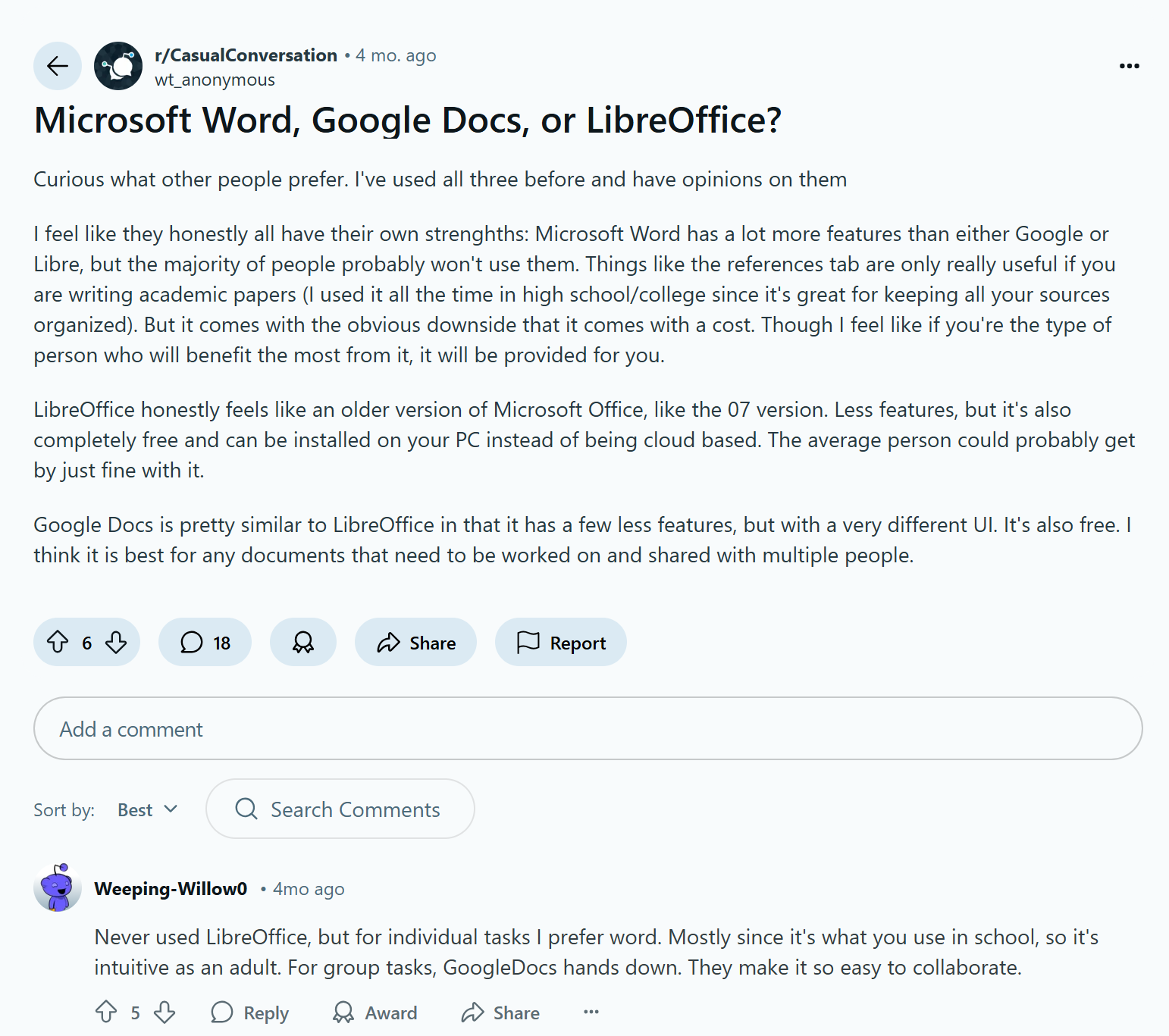
Never spam your product—just be helpful. Answer questions, recommend tools (including your own, when relevant), and participate in trending threads. LLMs reflect the internet’s collective knowledge—forums, subreddits, help docs, all of it. If you’re active there, you’re training the model on who you are.
Pro tip
Create a list of 5 questions people commonly ask in your niche, and set aside 15 minutes a day to answer them on relevant platforms. Use your brand naturally—others will start doing the same.
2. Partner with micro-influencers and niche creators
You don’t need a giant influencer. What matters is trust and relevance. A niche creator with 3,000 loyal followers can generate more mentions—and conversions—than a celebrity with 300,000.
Look for bloggers, newsletter authors, and creators in your space. Offer them free access or an affiliate code in exchange for a review or shoutout.
Micro-influencers drive 60% more engagement than macro-influencers—and they’re more affordable, too.
Mention-rich formats like blog reviews, roundup posts, and tutorials are ideal. Even if there’s no backlink, LLMs pick up the mention.
Pro tip
Ask creators to include your tool in “Top 5” or “Alternatives to X” lists. These show up frequently in ChatGPT-style answers.
3. Turn your content into mention magnets
Publishing good blog content is great—but you can do more with it. Break blog posts into:
- Reddit or Indie Hackers guides
- LinkedIn carousels and Twitter threads
- Mini how-tos or checklists for communities
Always include your brand name in visual examples, headers, or instructions. Even if there’s no backlink, the brand mention stays embedded in the content.
Pro tip
End your blog posts with phrases like “Created by [BrandName]” or “This guide was built using [BrandName]”—this subtly reinforces your brand for both people and AI.
4. Encourage user-generated mentions
When users post about your brand, it creates authentic, mention-rich content across platforms—just the kind of content that trains AI.
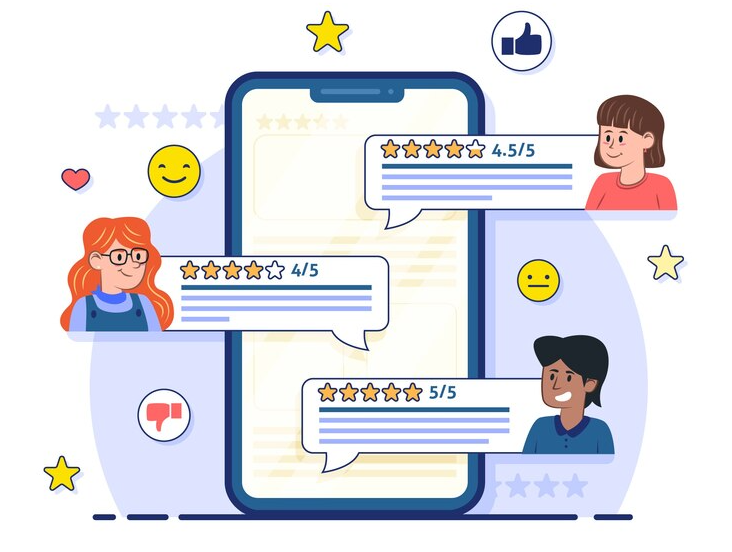
A simple “Tag us and we’ll feature your post” campaign is often all the incentive you need. You can also highlight customer stories, use cases, or results on your website and social feeds.
Pro tip
Run a monthly “customer spotlight” or offer merch/gift cards for the best user tweets or blog posts mentioning your product.
5. Leave thoughtful comments and contributions
This one’s easy to overlook—but powerful.
Comment on blog posts, YouTube videos, product reviews, or even GitHub threads in your niche. Don’t sell—just add insights or a helpful perspective, and sign off with your name or brand (e.g. “—Lina from Awario”).
Google and Bing index many comment sections—and so do the AI platforms pulling from them.
Brand mentions are the new backlinks in the age of AI search. While Google counts links, AI counts conversations. The game has shifted from link-building to voice-building.
Pro tip
Set up Awario to track articles or videos mentioning your niche. Comment early, add value, and keep showing up.
Bonus tactic: mention others to get mentioned back
Tagging or referencing relevant brands, creators, or tools in your own content often results in a share or reply—which brings your name into new circles and content ecosystems.
Use phrases like:
- “Inspired by [Creator]’s approach to...”
- “This method works well with [Tool] too.”
- “Our team uses [X] along with [Your Product].”
It’s non-pushy and creates mutual exposure.
Growing brand mentions doesn’t require a budget—it requires being visible, useful, and present in the conversations that matter.
Over time, those mentions stack up. And they make it more likely your brand will show up when someone asks an AI, “What should I use for this?”
Optimize your content for how LLMs learn
Getting mentioned is important—but how and where you’re mentioned also plays a big role in whether AI platforms actually surface your brand in responses.
LLMs like ChatGPT and Perplexity don’t just pick content randomly. They favor content that is clear, consistent, and comes from sources they trust. Here's how to give your mentions a better chance of being seen (and remembered) by AI.
1. Create deeper, structured content that answers real questions
AI tools love content that covers a topic thoroughly and in plain language.
The study by Kevin Indig found that longer, well-structured content with simpler readability was more likely to be cited in LLM answers. These pieces tend to directly answer the kinds of questions people ask AI—making them more useful to the model.
Pro tip
Write content that mirrors user intent (like “best X for Y” or “how to do Z”), use headings, bullets, and FAQs to make structure clear, and include your brand naturally throughout.
2. Get into the right “training” and retrieval sources
A study by Seer Interactive outlined how LLMs are trained and what types of sources are most likely to influence their outputs. These “priority sources” play a major role in what AI remembers and references.
According to the research, these include:
- Wikipedia (especially well-cited entries)
- Press release distribution services (like PR Newswire, BusinessWire)
- Major media outlets (e.g. Business Insider, The Guardian, The Verge)
- Engaged industry blogs, Reddit threads, and platforms like Substack
Mentions in these environments are more likely to be included in foundational training data or surfaced via Retrieval-Augmented Generation (RAG) when AI tools pull from live web results.
Pro tip
Contribute guest content to respected publications, target press releases to widely indexed platforms, and engage in relevant Reddit discussions. Even a few mentions in these sources can increase your odds of being picked up.
3. Use consistent phrasing around your brand
LLMs don’t just learn facts—they learn patterns. That means the way your brand is described across the web shapes how it’s categorized and when it gets surfaced.
The Seer study emphasizes the importance of consistent wording. If your brand is regularly described using the same language—e.g. “a time-tracking tool for remote teams”—LLMs are more likely to associate your name with that niche and surface it during relevant prompts.
That’s why you should use the same key phrases in your homepage, product pages, press kits, and bios across platforms.
Conclusion: train the algorithm to remember you
In the age of AI-driven discovery, your brand’s visibility depends less on where you rank and more on how often you show up in the right places—naturally, repeatedly, and in context.
Mentions are no longer just vanity metrics. They’re signals. Not just to people, but to the systems increasingly shaping how people make decisions.
So the question isn’t just: “How do I rank?”
It’s: “What is the internet saying about me—and who’s listening?”
If you're not paying attention to that, the algorithms probably aren’t either.













